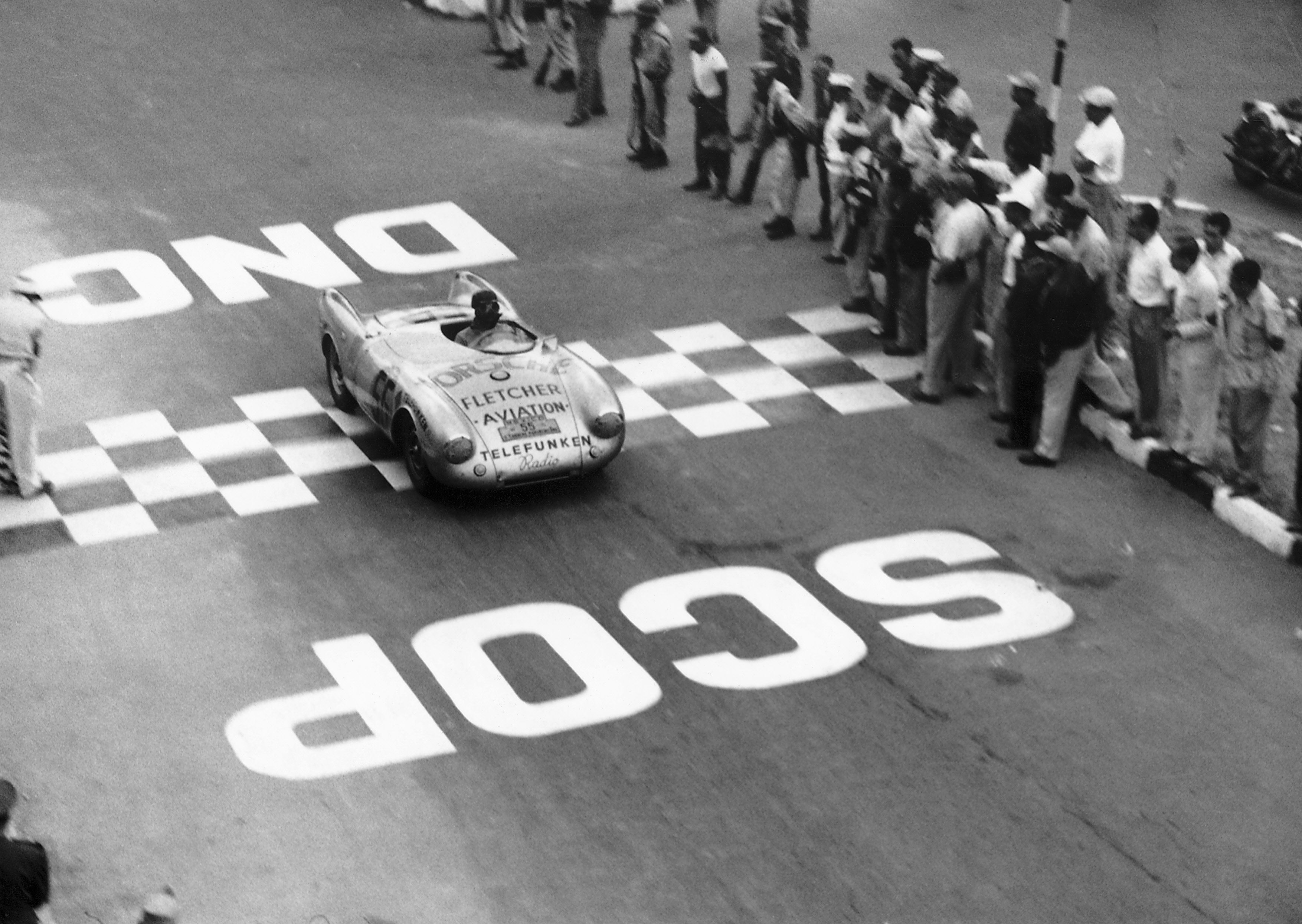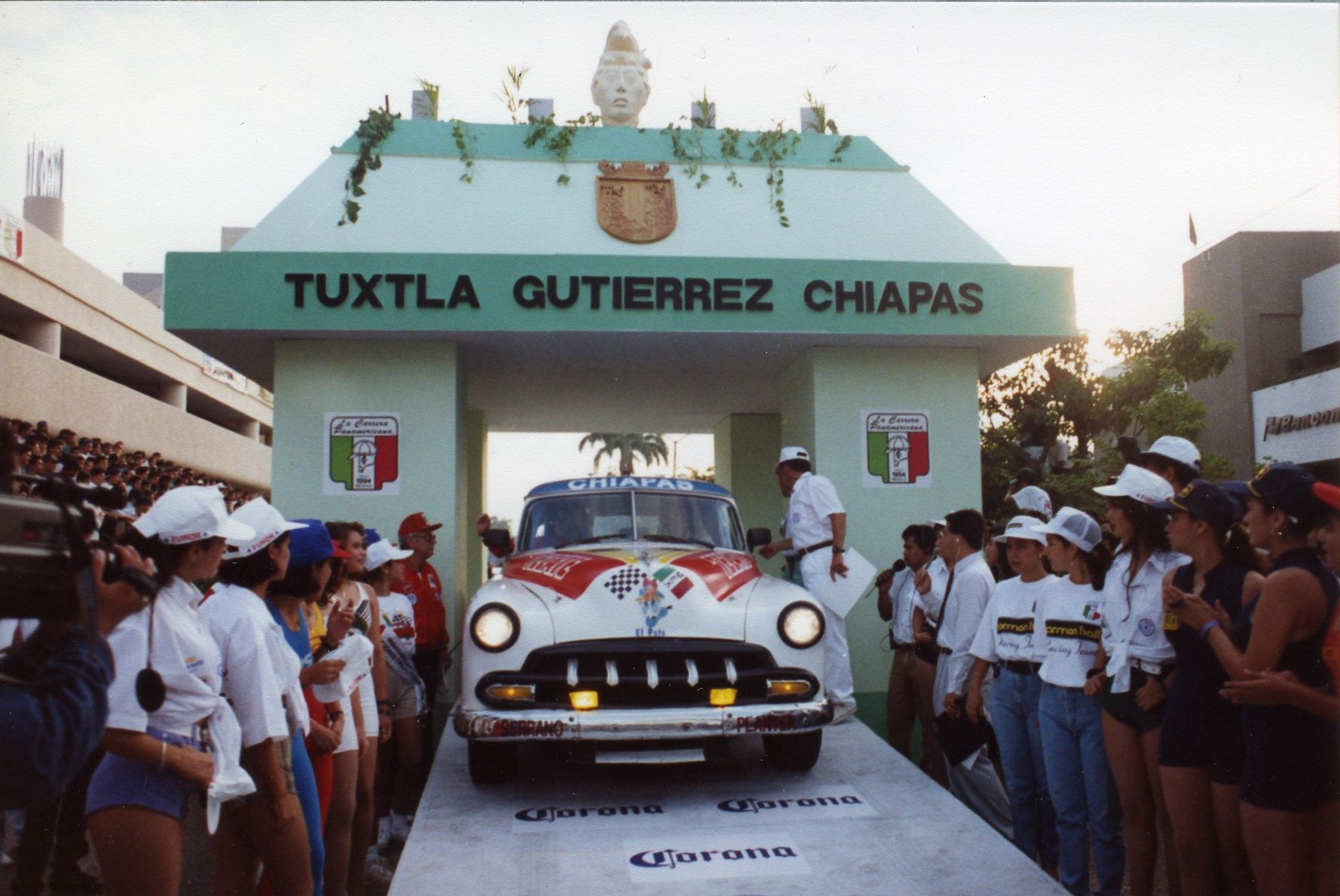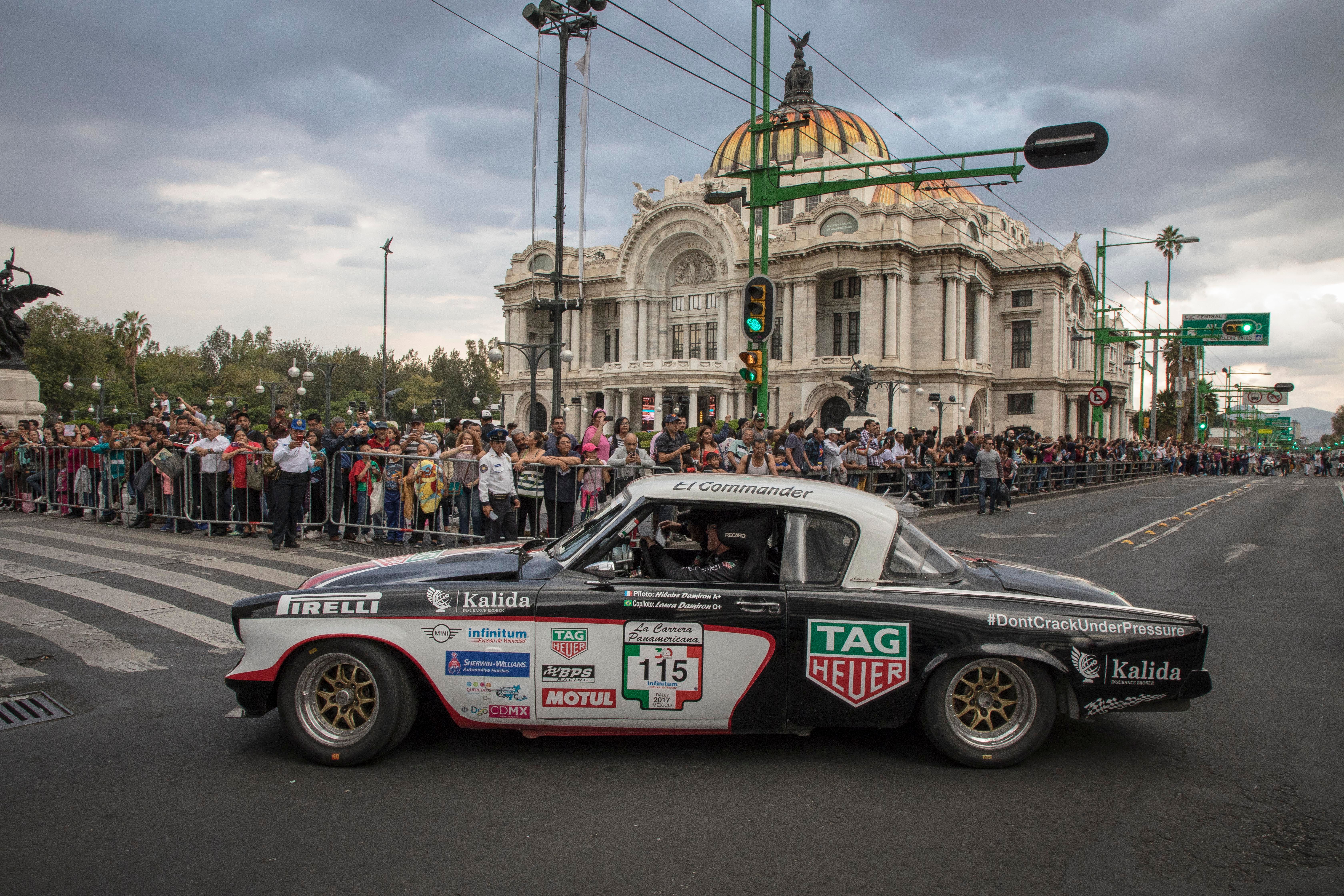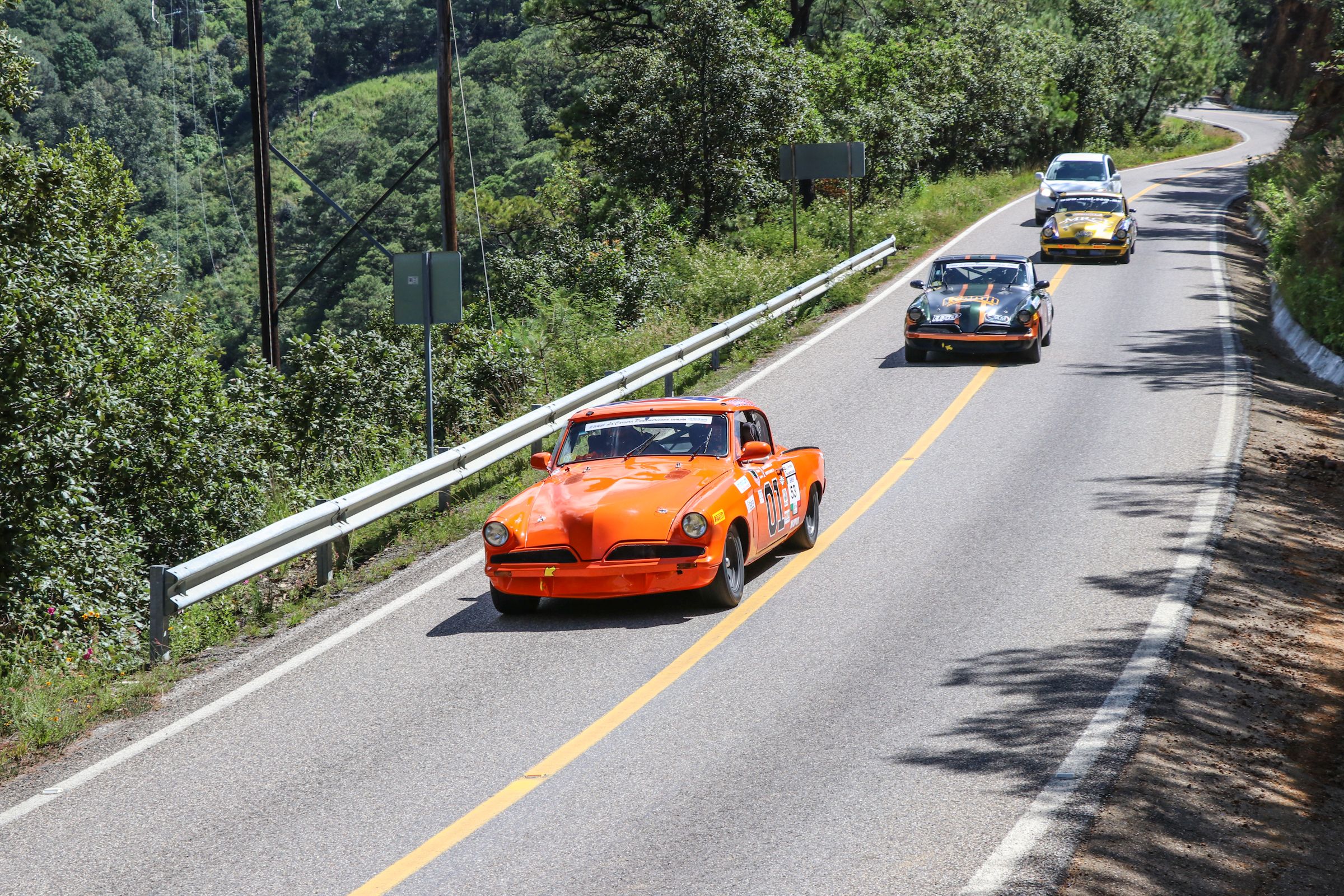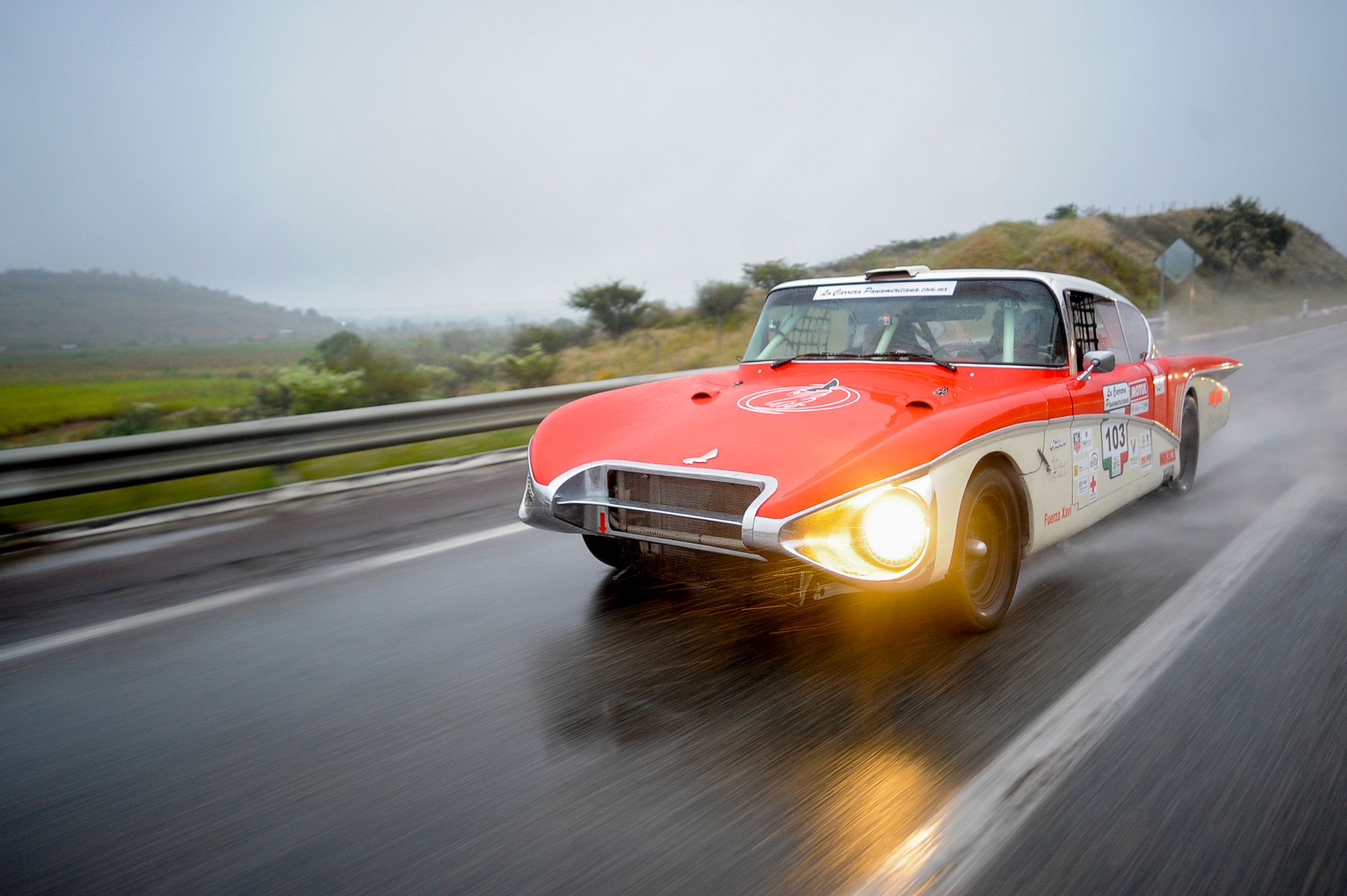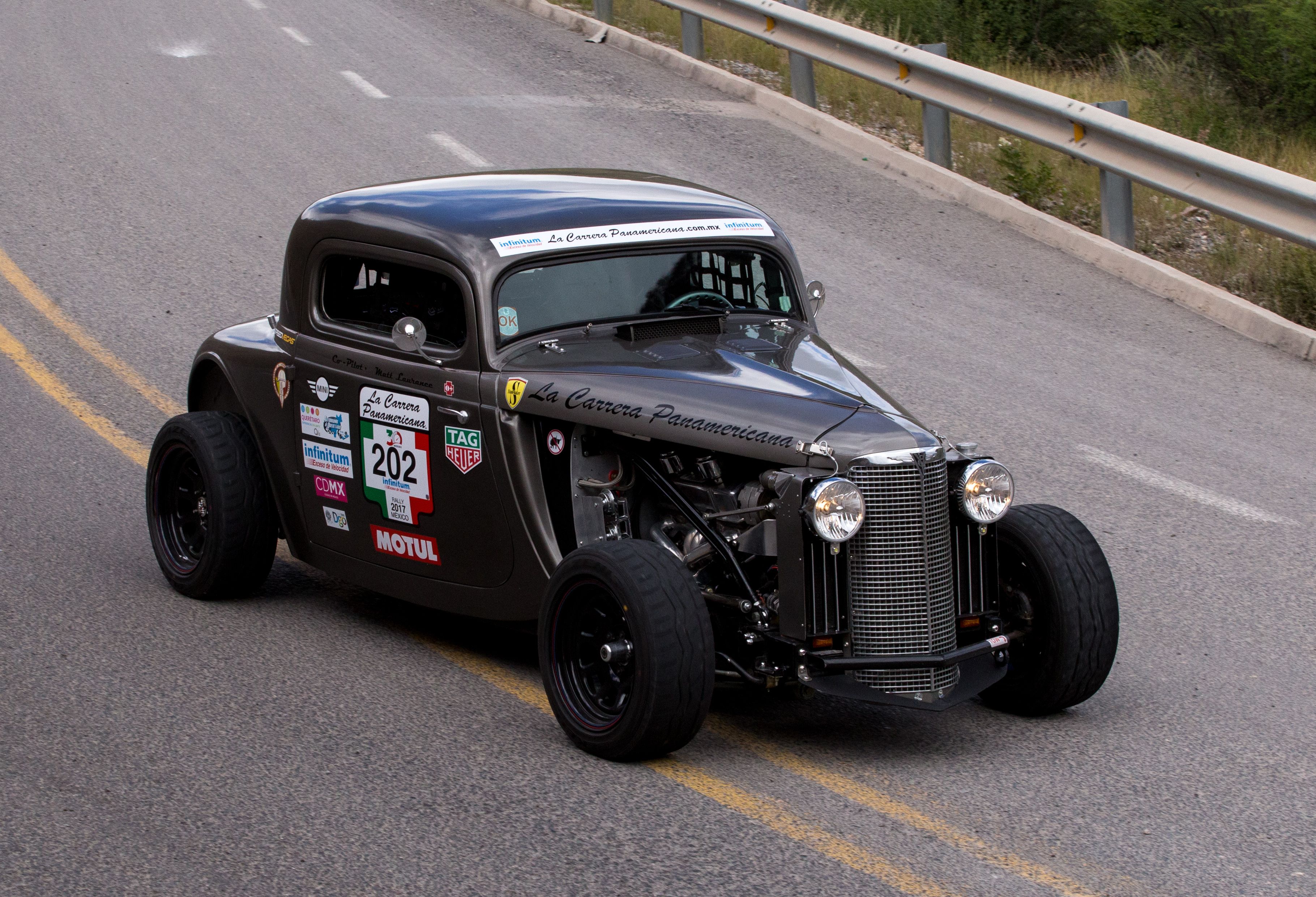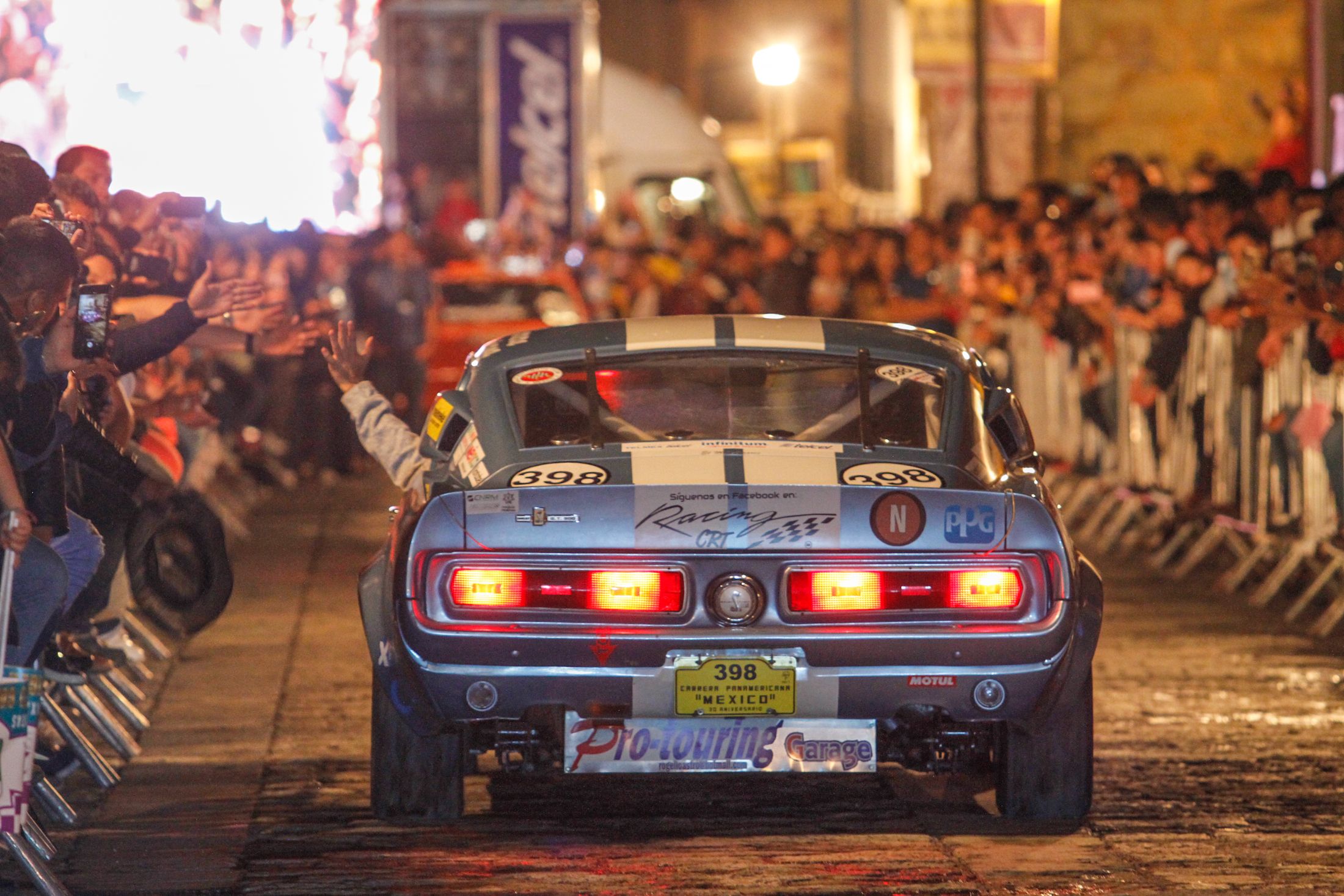La Carrera Panamericana is one of the last surviving endurance open road races in the world of motorsport. Having earned the reputation for being one of the most grueling races of all time, it is set against some truly spectacular backdrops of Mexico. The race lasts for seven days and covers a distance of 2000 miles. I had the opportunity to catch up with Karen León, who is currently responsible for organizing the event to find out more about the history and legacy of the race and what to expect at this year's event and beyond.
Overview
Automobile endurance racing is a form of motorsport, designed to push man and machine to the absolute limit. With the first open road races held well over 100 years ago, a victory at one of these prestigious races brought a lot of fame to early auto manufacturers.
When you think of road races, some of the most notable names that come to mind include the likes of the Mille Miglia and the Targa Florio held in Italy over in Europe. In the post-war era, these races were scaled back considerably in terms of racing distance and just how dangerous the sport itself had become, claiming the lives of drivers and spectators.
Around the same time, i.e the early 50s also saw the introduction of what was to become one of the most grueling motorsport events of all time. Enter - La Carrera Panamericana. A border-to-border race that celebrated the completion of Mexico’s 2,178-mile north-south stretch of the Pan American Highway that stretches from Alaska to Ushuaia in Argentina.
Now this sort of race distance, along with challenging terrain and weather, was something that no one had really heard of at the time, and obviously, the event managed to attract some of the best racing drivers in the world, from every form of motorsport. Some big names from the world of Formula 1, and NASCAR participated in the event in the initial five-year run of La Carrera Panamericana.
Some of the all-time great racing drivers including Alberto Ascari, Juan Manuel Fangio, Phil Hill, and Carroll Shelby took part in the race held between 1950 and 1954. However, owing to safety concerns and the race’s original purpose of publicizing Mexico complete, the race was eventually canceled.
La Carrera Pan Americana 2.0
Now although the race was shelved, it had certainly left a lasting impact on the world of motorsport and there were people who genuinely wanted to revive it. Eduardo de León, Karen's father, who was one of the organizers of the races held in Baja California and La Carrera Classic realized that there was a lot of enthusiasm among people.
With many of the original cars showing up to take part, it was enough to convince him to stage the big one so to speak. So in 1988 after a break of 34 years, León along with a few friends resurrected La Carrera Panamericana where drivers would take on transit stages connecting the close course special time stages, spanning seven days. The newly revived La Carrera was a success and even saw the likes of Pink Floyd dedicate a few songs to the event.
The original event if you recall was held by the Mexican State itself, and even though it was revived privately, this is an event that won't be possible unless a number of government and sporting agencies and organizations of Mexico. The local authorities including up to 250 Policia Federales, who are responsible for closing off sections of the route for timed stages of the race, allowing you to go flat out. This is one aspect that makes La Carrera Panamericana so unique.
The Route
The modern-day route covers a distance of 2000 miles and would overlap some of the original course. Drivers really go flat out on these closed-off sections. You can easily hit speeds in excess of 320 kph. While the inaugural race ran from Ciudad Juárez in the north on the border with the U.S. to Ciudad Cuauhtémoc, Chiapas (formerly known as El Ocotal) on the Guatemala-Mexico border, the route today takes a south-to-north format.
But again, the route has changed depending upon the support that each city along the way can offer. Regardless, both drivers and participants encounter a variety of terrain, topography, and weather changes going from sea level to an elevation of 10,000 feet. This puts a tremendous amount of strain on the cars as well as the driver and co-driver, but those who've conquered the race before, say it is well worth it, which is what brings them back, year after year.
The Cars
While the original format from the 50s saw Sports cars and Stock Cars participating in four categories based on engine displacement. Back in the day, several automakers including Mercedes, Ferrari, Alfa Romeo, Volvo, and Jaguar took part. But marques like the Studebaker from the 50s and 60s in the American Stock Car class have dominated La Carrera Pan American winning over 20 times since the event's revival. These vintage aerodynamic cars pack more than 600 horsepower and are capable of speeds of 180 mph. Another staple at the event is a vast array of Porsches that take part.
The Porsche's relationship with Carrera Panamericana goes back decades, to the time when Porsche 550 Spyder dominated the Sports category under 1500cc class. The Carrera line of Porsche models, Panamera sedan, and Mercedes' Pan Americana grille all pay homage to this very race. In the present day, you've got cars competing in 11 Categories, including hotrods along with the additional Classic and Sport Tour categories as well.
Those taking part in these special categories are not officially part of the race itself, but get to savor the experience of one of the greatest road races without the element of competition. This is a special experience lasting five of the seven days where in cars follow the official contingent of the race in a closed convoy, where you don't just get an adrenalin rush, but also get to dwell in the rich culture and architecture that Mexico has to offer.
Eligibility for the Classic car category includes cars from the 50s through 1979 for Porsche and 50 to 60 for models from other brands. For the Sport Tour category, you can bring along any modern from the premium range of Porsche, Ferrari, Aston Martin, or Lamborghini, 2015 or later.
What to expect at the 2022 Race
It's 35 years now since La Carrera Panamericana was revived and to celebrate this milestone, renowned automobile honcho Steve Saleen will attend the event and is the grand marshall for this year. Responsible for conceiving the revered Saleen S7 supercar, and countless models with Ford including Saleen Mustang's and Sportrucks, Mr.Saleen will accompany La Carrera from Veracruz to Mexico City.
Scheduled to take place between October 14 - 20, this year's route kicks off in the southern coastal city of Vera Cruz. Over 70 participants, 50 of whom are racers and 18, taking part in the Sport and Classic tour, cut across the heart of the country, passing the capital, Mexico City en route, the race ends in SL Potosí-Durango in the north. Set across eight stages, you go from subtropical humid mountainous terrain in the south to a dry and arid desert in the north.
Future of La Carrera Panamericana
While the event itself has evolved a lot over the past three decades with varying routes and stages, and the classes of cars participating, so too is the automotive landscape with the dawn of EVs going mainstream. With Porsche being one of the major players participating every year, the German automaker began running of a couple of all-electric Taycans last year. La Carrera Panamericana which Eduardo calls the people's race. along with other racing competitions like the annual Formula 1 Grand Prix in Mexico City and the Baja 1000 is an advocate that continues to celebrate and promote motorsports in the Latin American country.
FAQ
Q: What years did Harley make the Softail Standard?
The Softail as a model was announced in 1984. It is still in production today.
Q: Is a Softail Standard a good starter bike?
Yes, it would. It’s got a low seat, low center of gravity, and easily accessible power without being too over the top.
Q: What is the difference between a Softail Standard and Custom?
The original Softail Custom had a blacked-out engine with chrome covers, more chrome overall on the bike and a 21-inch front wheel.

.JPG)
